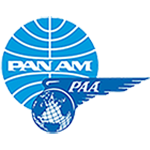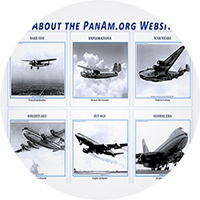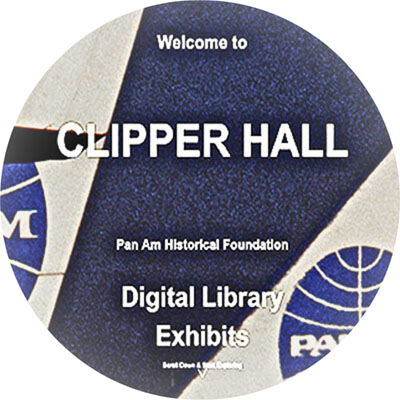ERA | PAN AM TAKE-OFF
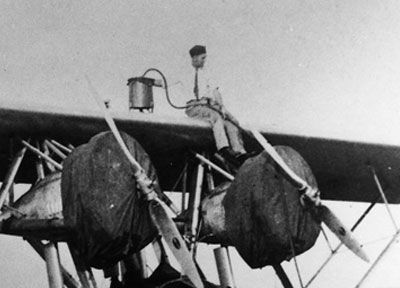
The "Pernambuco," a Sikorsky S-38 flying for New York Rio Buenos Aires (NYRBA) became a Pan Am plane when NYRBA was absorbed by Pan Am.
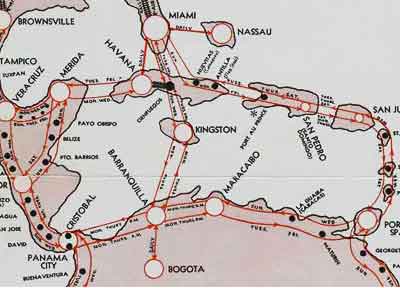
A Mysterious Frying Sound: Ferris W. Sullinger's unique challenges installing direction finder apparatus in Jamaica during Pan Am's early days.

Miami and the Flying Honeymoon" - A chapter about Pan Am's early days, from Peter Leslie's book on the airline's pioneering flying boat era. PDF
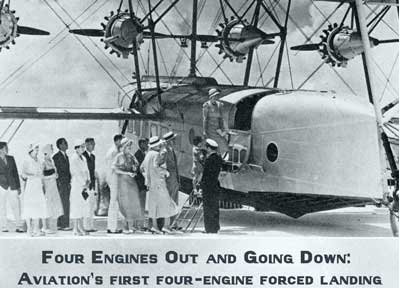
Four Engines Out and Going Down: Aviation’s first forced landing, PAA's Sikorsky S-40 Caribbean Clipper piloted by Stanley J. “Red” Williamson.
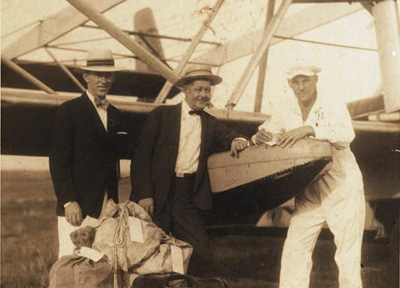
Capt. Frank E. Ormsbee, pilot of Pan American Airways' 1930s flying boats & land planes, pioneered air routes in the Caribbean & South America.
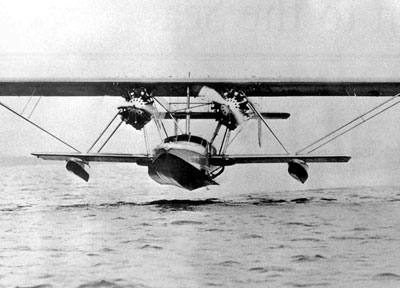
Lindy Gets Pan American Airways Rolling: Lindbergh's Sikorsky S-38 airmail flight from Miami to Cristobal, Panama Canal Zone, in February 1929.
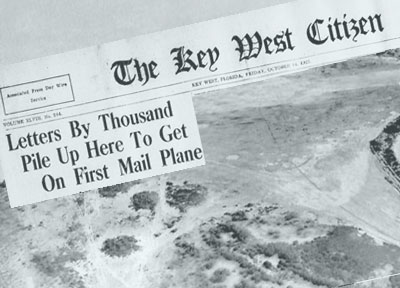
Pan Am’s Cornerstone Moment: October 28, 1927, the day that was the true start of Pan American Airways, as a scheduled airline.
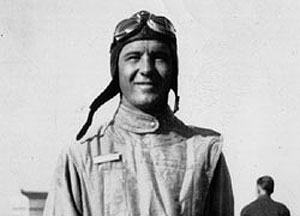
Chili & the Generalissimo. Pan Am/CNAC pilot Chili Vaughn's adventure with William Bond & Chiang Kai-shek: 1940s aviation diplomacy in China PDF.
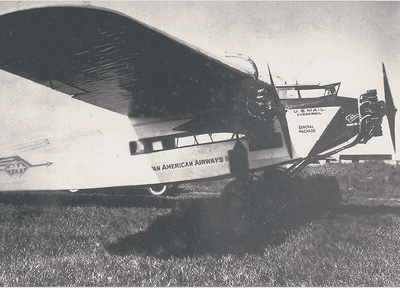
January 16th, 1928 was a very auspicious date for Pan Am. For the very first time, people would pay to ride a Pan American Airways plane.
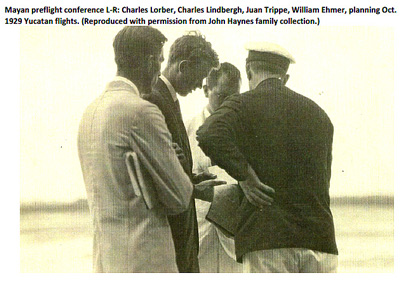
1929, A challenge to archeologists: On PAA's first mail flight over the Yucatan, Lindbergh saw pyramids jutting through dense, unmapped jungles PDF.
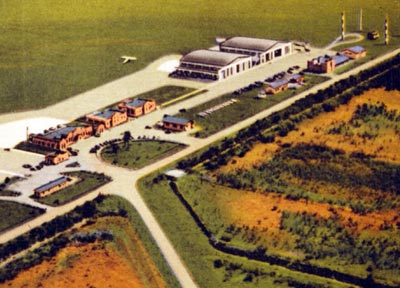
Pan Am's Base at Brownsville, during the early years. Gateway to Mexico and laboratory for instrument flying techniques.

Basil Rowe: A First. Former barnstormer & airline owner chose to “fly by the book,” modeling Pan Am's “progressive” approach to commercial aviation.

Preparations, anticipation, and deadlines: Pan Am's very first flight with Cy Caldwell piloting the La Nina, October 19, 1927 from Key West to Havana, Cuba.
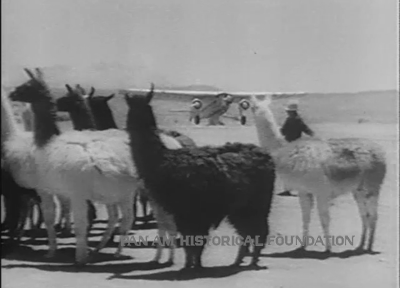
The Battle for South American routes: Pan American Airways and the New York, Rio and Buenos Aires (NYRBA) line, in 1930.

Pan Am in 1933: The "90 Years Ago" series by Eric Hobson with month-by-month stories of Pan Am's formative work, its people, aircraft & far-flung destinations.

A video history around the beginnings of international aviation in Miami: Pan Am Field's original Hangar Five, circa 1929.

A Flying Boat Christmas: "Delivering the mail took precedence over tradition, so when Christmas coincided with a flight day, someone had to fly."
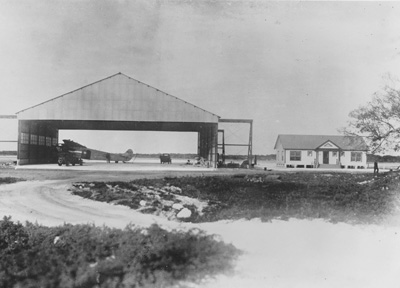
Influential figures in the Pan Am's incorporation March 14, 1927: Investors and military officers who had concerns for the safety of the Panama Canal.
